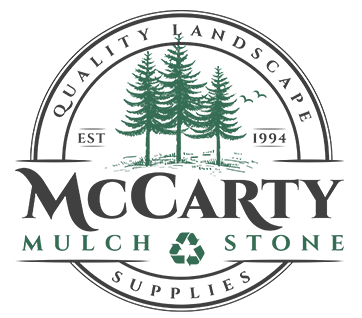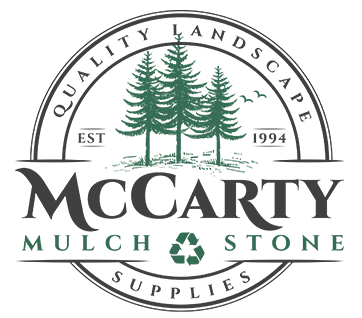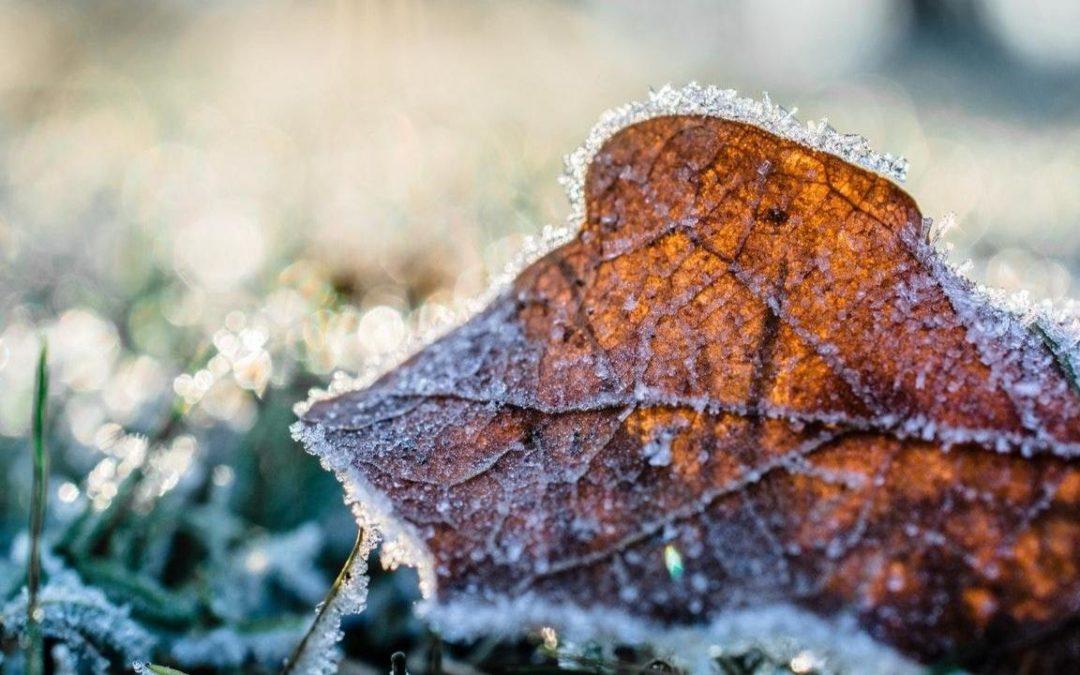Tips for Late Winter Landscaping Maintenance
Keep Up With Your Late Winter Landscape
With snow still falling and temperatures still dropping, gardening is probably the last thing on your mind (unless you consider salting the driveway landscaping). With winter ending in late March, though, there are just under two months until spring. In that time, you can do some important winter landscaping that’ll make this the best year yet for your yard.
Prune in February
If the snow is holding off a bit, gardening professionals recommend pruning certain plants in February. Because many trees and shrubs are still dormant at this time, it’s the perfect time to prune without risking damage. These are the best things to prune in late winter:
- Evergreens like holly, junipers, and yews. Avoid cutting back old wood and save things like conifers, spring bloomers, and pittosporum for later in the year.
- Deciduous shrubs include crape myrtles, dogwoods, and wisteria.
- Blueberries, blackberries, and figs should be trimmed for dead or weakened branches.
Give Hardscaping a Post-Season Scrub
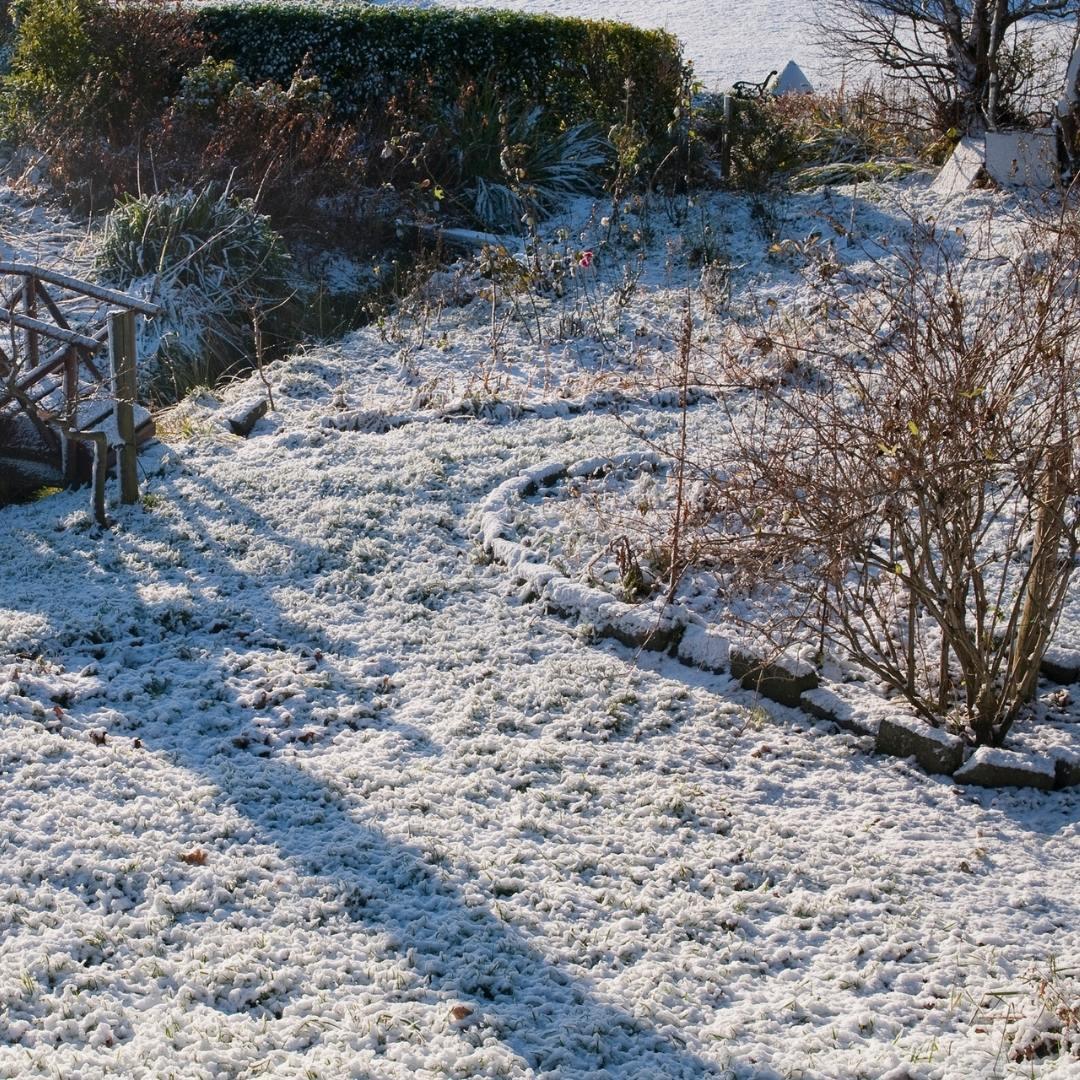 Over the winter, hardscaping and lawn furniture take a beating. If you live in or travel around areas with salted roadways, all of those chemicals follow you home. Road salt is highly corrosive, so the sooner you wash it off, the better. Pay special attention to:
Over the winter, hardscaping and lawn furniture take a beating. If you live in or travel around areas with salted roadways, all of those chemicals follow you home. Road salt is highly corrosive, so the sooner you wash it off, the better. Pay special attention to:
- Stone paths and walls
- Patios
- Driveways
- Outdoor furniture
If it’s not too cold, clear debris from fountains and water features, though it may be too early to use them. Like fall, early spring is the perfect time to gather around the fire pit, so give those a little attention, too. When the time comes, it’ll all be clean and ready for spring get-togethers.
Make Repairs and Replacements
While you’re pruning and cleaning, make note of any window boxes, pots, and planters that have sustained damage. Temperature changes make these items brittle leading to almost invisible cracks. As late winter thaws continue, these cracks can widen, spilling flowers and dirt everywhere.
If you have a greenhouse, check that as well. Moisture and salt can accumulate on hinges and frames. If caught early, you can spend less time on maintenance and more time planting when spring arrives.
Get More Soil
Depending on your upcoming gardening plans, you’ll probably want to go ahead and purchase soil for the year even if you’re not going to be using it for a while.
If you have new gardens or flower beds in the works, look for blended topsoil. Many professional soil wholesalers will even make a blend tailored to your garden.
Did your garden underperform last year? Consider adding garden compost to the mix. You won’t want to plant directly into it, but mixing it into clay soil adds much-needed nutrients.
When planning new landscape features or planting new grass, it’s best to start on a layer of pulverized topsoil. With topsoil at the ready, you’ll be prepared for whatever projects inspire you this spring.
Pre-treat for Weeds
As soon as your plants and flowers start growing and blooming, weeds like crabgrass and foxtail do, too. To prevent this, use a pre-emergent herbicide. These solutions bed into the soil and can be spread all across your flower beds and lawn. Before application, though, check with a lawn-care professional to avoid damaging your garden.
If you noticed dead patches on your lawn last year, this can be a crucial step. If you wait too late, weeds have a chance to germinate, stealing precious nutrients away from the plants you actually want in your yard.
Plan Away
Now that your pathways are clean, planters repaired and plants pruned, your garden’s starting to take shape! Take a moment to appreciate your hard work and envision your garden goals for the year.
This might also be a good time to take stock of what you have and purchase what you’ll need, including:
- Seeds
- New gardening implements
- Planters
- A yearlong planting schedule
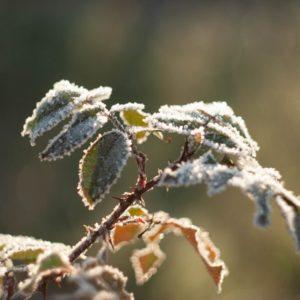 It’s also a great time to plan any new renovations. Have you always wanted more raised beds? Now’s the time to gather materials or call a landscaper. Maybe this is the year you’ll finally add a bit of pizazz to your garden. Start shopping for landscape stones and water features. By the time they arrive, it’ll almost be time to start gardening again.
It’s also a great time to plan any new renovations. Have you always wanted more raised beds? Now’s the time to gather materials or call a landscaper. Maybe this is the year you’ll finally add a bit of pizazz to your garden. Start shopping for landscape stones and water features. By the time they arrive, it’ll almost be time to start gardening again.
Start Mulching in March
Come late March, the ground thaws and many herbaceous plants start growing. Since it’s unlikely that weeds have started growing yet, this is the perfect time to mulch.
Don’t go too crazy, though. Over-mulching leads to fungal and bacteria growth, two things that may spell doom for your gardening plans. In general, two to three inches of mulch is perfect, but it’s always a good idea to check with a landscaping professional about your garden’s needs.
Buy the Right Mulch
You don’t just want the right amount of mulch — you need the right kind for your winter landscaping plans. Organic mulch is always ideal and at McCarty Mulch and Stone, that’s exactly what you’ll find. Our most popular mulches for winter landscaping preparation are:
- Hardwood mulch for plants that require a higher soil pH level
- Our Economy Trailmix mulch for paths and large gardens
- Cedar mulch for its long-lasting and naturally insect-repellent qualities
- Black Gold Mulch for its finely-shredded texture and premium soil amendments
- Long-lasting woodchips for areas that require coverage but little maintenance
For more colorful landscaping, consider dyed mulch made with non-toxic dyes that retain their vibrant yet tasteful colors much longer than natural mulches.
McCarty Mulch and Stone: Your One-stop Winter Landscaping Source
From soil and mulch to rock and stone, McCarty Mulch and Stone is committed to providing some of the highest-quality winter landscaping solutions in the Indianapolis, Indiana, area. We believe in our products so much that we’ve put them through rigorous comparisons with our top competitors. We liked what we saw and we’re sure you will, too. Contact us today for information about our landscaping products, deliveries and wholesale prices.
